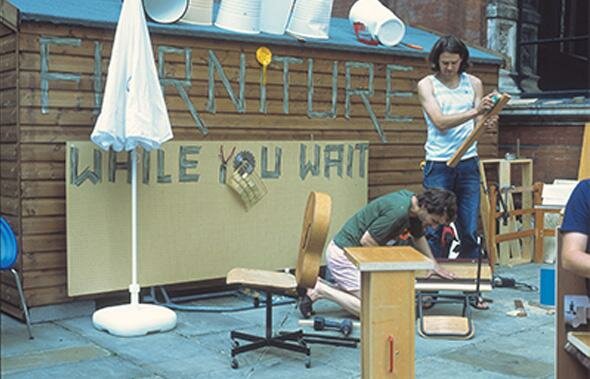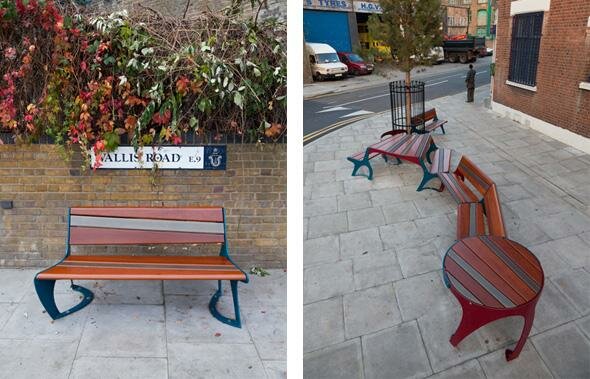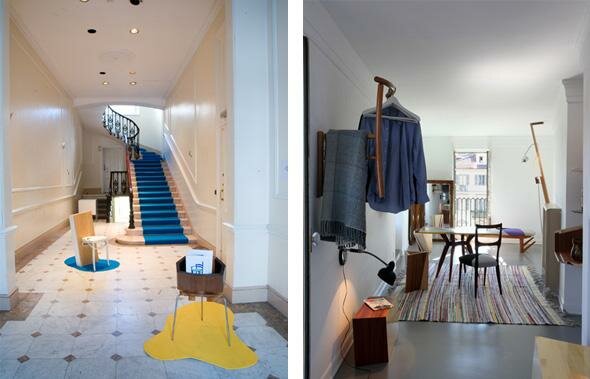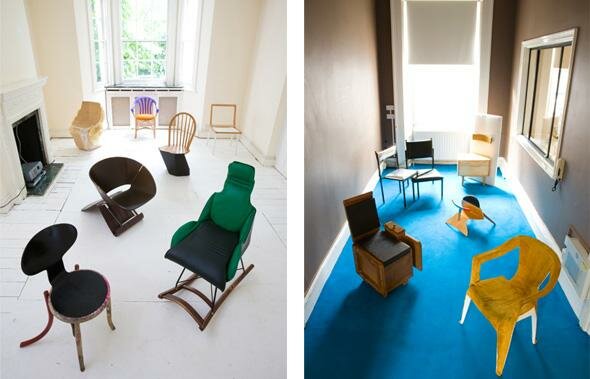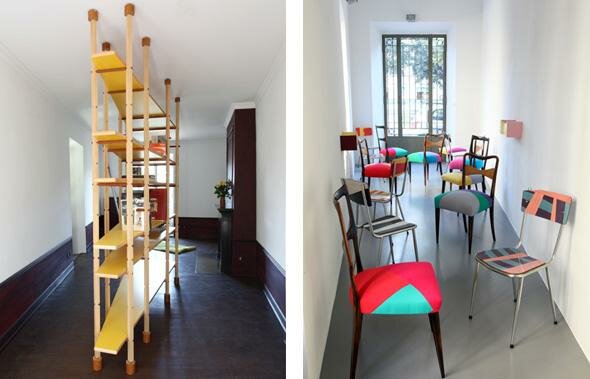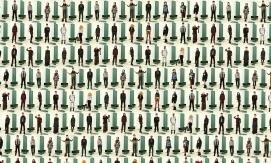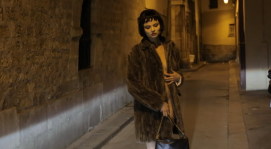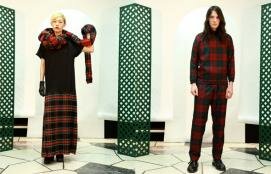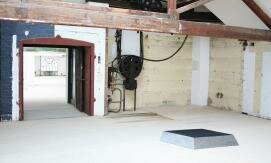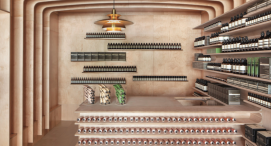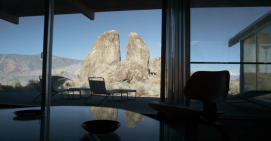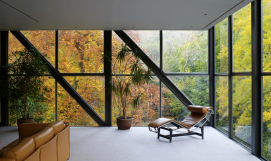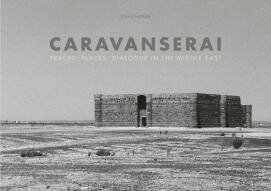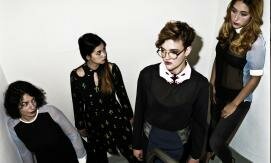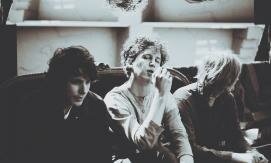- 1
- 2
- next ›
- last »
Martino Gamper Interview
14/05/2012Martino Gamper is an Italian designer based in London who became internationally regarded through his project 100 Chairs in 100 Days. This group of works was exhibited in 2007 in London, the Milan Triennale in 2009 and at YBCA in San Francisco in 2010. It has also been published by Dent-De-Leone as a book, 100 Chairs in 100 Days and its 100 Ways. Gamper has exhibited extensively both in the UK and internationally and is also a tutor at the Royal College of Art in London. We caught up with Martino for a quick chat.
Adam Bryce: Can you tell us about what you do and how long you’ve been doing it for?
Martino Gamper: I trained as a cabinet maker. I did an apprenticeship when I was fourteen. In Italy we have what’s called a dual apprenticeship; basically once a week you go to school and the rest of the week you work.
AB: Does that still happen?
MG: Yes, in Northern Italy, it’s a way of learning a craft and still keeping an education. It’s very difficult once you have gone down a working path, to then go back to learning, and not just become a laborer. I wanted to be making something.
AB: Did that come from anywhere? Your choice of cabinet making?
MG: The area is in the Alps, there is a lot of woodworking there, from sculpture to cabinetry, a lot of craft. I did a five year apprenticeship and I found it ok but I wanted to go beyond that so I went traveling and ended up in New Zealand...then back to Europe to study. I wanted to do something that was both working with my hands and artistic...I didn’t quite know, I had a feeling for it but I couldn’t put a name to it. I went to study in Vienna, I had some very good teachers and soaked up the history there. Strangely enough I went via ceramics and glass into sculpture and design...after one year I chose design. Manifest design/solstice…I went for 5 months, ended up staying almost 2 years, I worked like crazy…Milan in the 90s was a centre of design. After a while I wanted to do my own work, after learning a lot, I applied at the Royal College of Art and got in, then stayed in London. I did all kinds of jobs and I had an advantage because I was able to physically make, as well as designing. Four years ago I met a gallerist in Milan and this has led me into different work; commissioned, one off, bespoke work. Meeting her happened just after my chair project which was really my breakthrough. Through her clients around the world I have been doing more of what I really want to do. The art world got interested and I have been working with quite a few galleries.
AB: Would you still call yourself a designer rather than an artist?
MG: Yes. I make functional pieces. Some of them, like my chairs, they have a different sense of functionality to say a utilitarian chair, but they are still able to be used, not just looked at. I use similar methodology to an artist though – I don’t take briefs. I like to have the freedom to see a house, make my own decision about what I make... I need a framework but that may just be seeing how a person lives or their archive. I don’t like to reproduce works.
AB: How do people react to working like that?
MG: People come to me because they have seen a work they like…I think there needs to be a kind of education about commissioning work, we have lost the sense of how to commission. It’s not always about a product but rather about learning something...that’s a learning curve...rather than giving them what they want it is giving them what they don’t know.
AB: What have been some of your favorite projects to date?
MG: Definitely the chair project, emotionally, and the corner project. Corners are a special entity. Corners are often not dealt with well, they are...
AB: An afterthought?
MG: Yeah...but a corner is a place of intimacy, and also publicness..
AB: Do you have a dream project?
MG: I have been very fortunate, I try to keep so much freedom that every project is a dream project and becomes something I am excited about.
AB: When I was looking at your work...I don’t know how I got this impression, but you seem to have a lot of fun with what you do, there is a lot of energy.
MG: Yes...that’s one of the things I really try to keep...if you don’t have the fun, what is left? There would never be enough money to make it worthwhile if there is no fun. I am very fortunate…I don’t worry very much.
AB: You are working on a project together now? You and Frances (Upritchard)?
MG: We always do…sometimes it is a real collaboration, sometime it is me helping Frances with technical aspects of her work, like at the moment I am making the plinths for her figures for a show. It’s very nice…I learn a lot from her and hopefully vice versa.
AB: Finally, tell us a little bit about life outside of work?
MG: We more or less live for work. But...my apprenticeship I remember as difficult, because I had to be at work all day, breaks were so precious…whereas today I worked very intensively for a short time but I am able to step away from my work and do other things. We have an allotment that we work on, we grow a lot of things and we cook a lot...and we have just bought a building with a group of people where Frances and I will share a studio.
Adam Bryce








